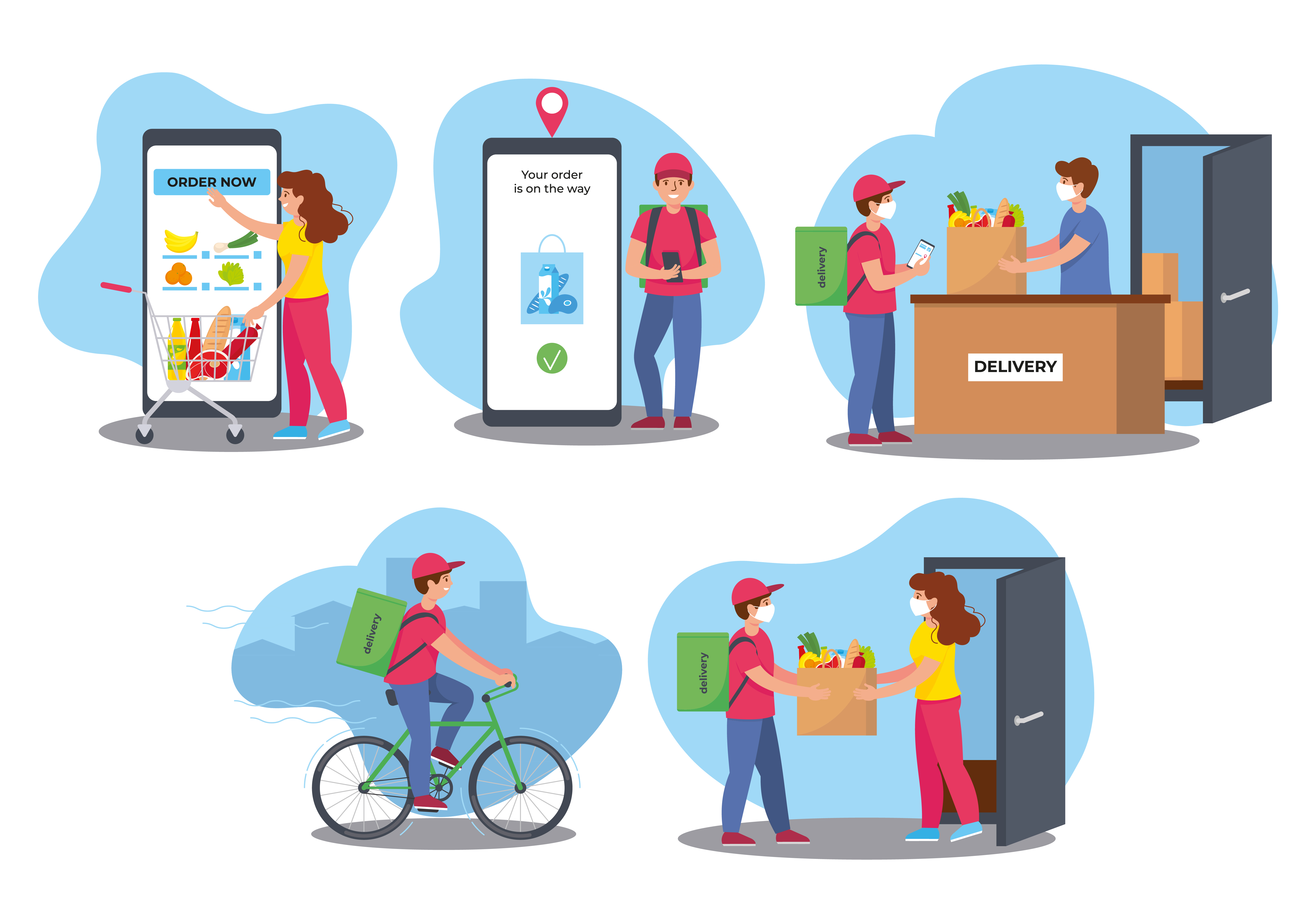Calculate your NPS today and find your love quotient with your users
A product satisfaction survey gives you an overall idea of your one product. But how about your brand as a whole? When you ask your customers how likely they are to recommend your company to their network, you aren’t only doing the smallest, probably the quickest survey. You are also calculating the percentage of your supporters from your audience. And this is your chance to bank on and improve your products and services.
But where is the net promoter score (NPS) in the picture, you may ask? The answer to this single question decides a brand’s NPS. Let’s walk you through some details about this score that shines a brand or a product in the market.
What is the Net Promoter Score?
The net promoter score—popularly known as NPS—is calculated against customers’ responses to one question. The only question you ask for this score measurement is, “How likely are you to recommend <brand name> to your friends and colleagues on a scale of 0 to 10?”. Quite often, this number measures the audience’s loyalty and satisfaction toward a brand, a product, or a service.
NPS was first coined by Fred Reichheld, a partner at Bain & Company, in 2003. The idea behind this new terminology was to know who among the customers would praise you in the market and be your unofficial ambassadors to support your brand.
Why Worry About NPS?
NPS is critical as a parameter to measure your audience’s experience and referral chances. If your customers are satisfied, you will get more marketing through word of mouth. And referral is still one of the best and most trusted ways to make new customers.
Getting new users is not only difficult but is a costly affair too when you choose to market on digital and audio-visual media. But with referrals, it is inexpensive because what does words of mouth cost, anyway? Your customers’ loyalty and relationships that you nurture without any break. Something you must do irrespective of your goals.
If you look closely, you aren’t asking your customer if they like your brand. You’re asking if they would recommend your products and services to someone in their acquaintance. And this is one step ahead of the first scenario. Because recommendation means likeliness on all accounts.
Advantages of NPS
1. Simple, Easy to Implement, and Cost-Effective
How much should you invest in getting your users to answer one simple question? Like online surveys that pay cash in India, where you remunerate your respondents, you hardly invest huge sums other than an email with a link to the survey. With just 1 question, the survey is also light on users’ time and effort. They have to rate between 0 and 10—the simplest ranking system we know from ages.
2. Benchmark
Globally recognized, this score acts as a benchmark in any industry to peg your product or brand against your peers.
3. Growth Measurement
If you compare your current NPS score with your last one, you can know how far you have come. Or have dropped in the love scale of your audience. But for this, you should calculate your NPS regularly; twice a year is a good number.

4. Relevant for All
NPS represents your score as a company. So, it concerns from the staff to executives and in between everyone, even vendors who strengthen your bond with your customers as your supports.
5. A Direction for Change
More often than not, you need some additional and simple questions to supplement the NPS question. These questions close the feedback loop by following up with more questions that help you identify users’ concerns.
6. Loyalty Measurement
This score calculates your audience loyalty because they won’t recommend you for nothing. A good NPS score means your audience is loyal and can attract more customers to you. Also, repeat business from loyal customers is assured.
7. Bigger Picture
Unlike the CSAT score, NPS is not affected locally with minor issues. Despite having an issue with the recent purchase, a customer might still like your brand at large.
How to Calculate NPS?
NPS is measured between the score of 0 and 10, including both values.
Promoters: Your users who rate you anything in 9 or 10 are called promoters. These are your most loyal and satisfied customers and bring you referrals.
Passives: These are the user who’ve rated you in 7 or 8. They are Passives because if they are not likely to recommend your brand to others, they are equally unlikely to damage your brand with negative remarks publicly.
Detractors: People rating your brand between 0 and 6 are called detractors and the most unsatisfied users. You should be worried about these users because they can severely damage your brand by influencing potential users.
NPS is finally calculated between -100 and 100.
NPS = % of Promoters - % of Detractors
If you look carefully, Passives don’t affect your NPS score. If your number leans towards the negative, your detractors are more than your promoters. And needless to say, scoring a 100 is very difficult. Also, a score of more than 0 is considered good because you have more well-wishers than people who won’t ever support you.
Top-notch companies fall somewhere between 50 and 70. Anything above 70 is world-class.
How Opinionest Can Help with NPS and Afterward
Once you’ve completed collecting the rating for NPS calculation, your job becomes double from there. You need to figure out why your users like and dislike in your brand. More importantly, a way to convert Passive into Promoters and Detractors into Passives and eventually promoters. That calls for follow-up survey questions.
Should you need a partner to help you create an NPS survey, a follow-up survey, or even a focused product satisfaction survey, Opinionest would be happy to help. You can contact our experts here.




You may also like

The Future of Voice Surveys: Will We Be Talking to Our Devices to Complete Surveys?

How Your Opinions Shape A Brand’s Services and Its Performance in the Market

The Role of The Respondent Community in Your Survey Journey

Survey Incentives Vs. Intrusive Ads: How to Tell the Difference

Copyright © 2025-2026 Track Opinion. all rights reserved.



